Eastern European Customers Benefit from USSEC’s Feed Manufacturing Training
- Category:
- Animal Utilization
- General News
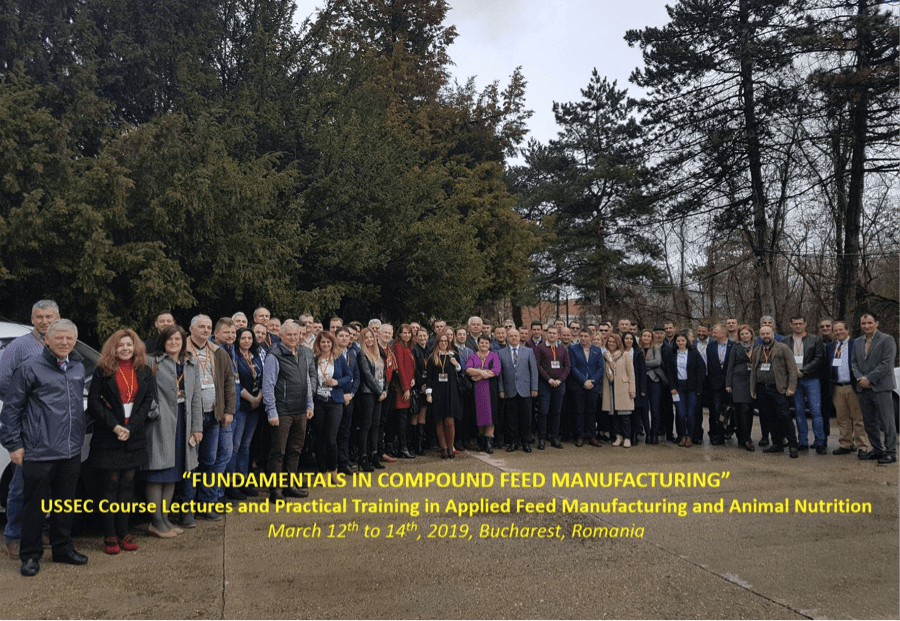
There is increasing demand for technical knowledge to manufacture high quality livestock feeds, especially in eastern European countries, which have the fastest growth in the EU’s feed and livestock industries. This is particularly true in the case of the new generation of specialists in feed production since they need to improve and upgrade their knowledge and skills.
To demonstrate U.S. soy farmers’ commitment to the East European end users, USSEC organized a three day “marathon” on feed manufacturing for Romanian and Bulgarian end users, demonstrating how U.S. Soy and its derivative ingredients should be efficiently used in animal feeding. The event was organized in conjunction with the National Research Institute for Animal Biology and Nutrition (IBNA) and Romanian Feed Manufacturers Association (ANFNC).

There is increasing demand for technical knowledge to manufacture high quality livestock feeds, especially in eastern European countries, which have the fastest growth in the EU’s feed and livestock industries. This is particularly true in the case of the new generation of specialists in feed production since they need to improve and upgrade their knowledge and skills.
To demonstrate U.S. soy farmers’ commitment to the East European end users, USSEC organized a three day “marathon” on feed manufacturing for Romanian and Bulgarian end users, demonstrating how U.S. Soy and its derivative ingredients should be efficiently used in animal feeding. The event was organized in conjunction with the National Research Institute for Animal Biology and Nutrition (IBNA) and Romanian Feed Manufactures Association (ANFNC).
Brent Babb, USSEC Regional Director – EU / Middle East North Africa (MENA) opened the conference and addressed growing U.S. soy imports in the EU and how U.S. farmers’ production practices continuously improve their sustainability while protecting the air, water, and soil. The East European countries had the opportunity this year to experience U.S. Soy, which proved to be a superior quality attributes product, supporting excellent performance in poultry and livestock.
Prominent USSEC consultants and guest speakers from academia, research, and leading industry suppliers covered a large number of nutrition and feed manufacturing topics from the agenda. Particularly, USSEC consultants discussed U.S. Soy and its derivative products in terms of production, nutritional value and application in front of over 80 industry professionals from Romania and Bulgaria. All presentations emphasized the crucial role of soy and soy products in these aspects and how they need to be used and regarded within the entire feeding context for non-ruminants and ruminants diets.

Attendees represented feed mill operators, nutritionists, veterinarians, and buyers/traders from over 85 percent of the feed market, a good representation of the Romanian and key Bulgarian feed industry delegates.
The workshop clearly addressed important issues for the feed industry, dividing it into nine modules: introduction to feed industry and manufacturing; introduction to raw materials: classes, origin, sources, and management panel; applied animal nutrition panel; ingredients particle size reduction; ingredients proportioning, batching, and mixing panel; applied animal nutrition panel; feed conditioning and hygiene panel; feed pelleting systems and operation panel and practical demonstration; and pelleted feed cooling and efficient feed production panel.
As this list of modules indicates, all aspects – technologically and nutritionally – associated with feed production were covered. USSEC consultants focused on conveying a consistent message, relative to the quality characteristics of U.S. Soy for the East European customers.



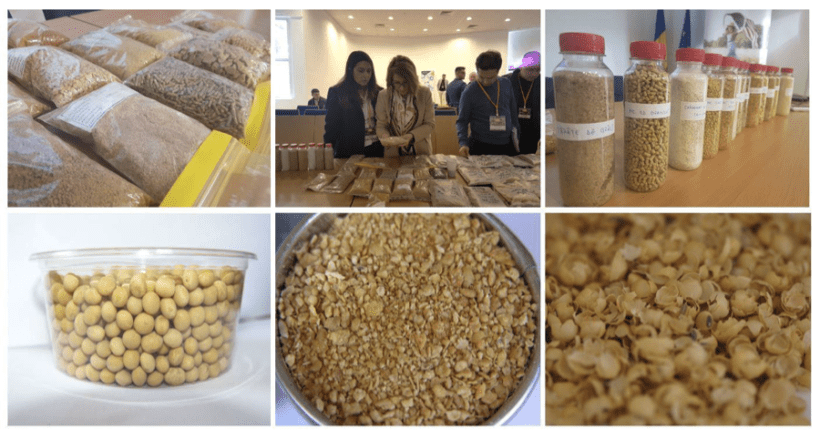
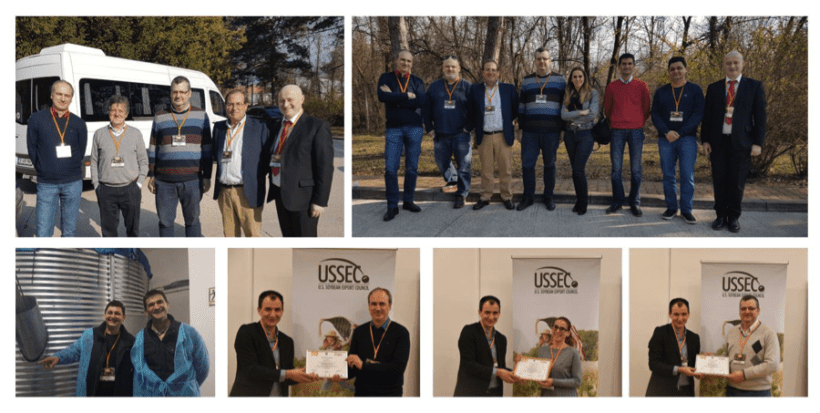
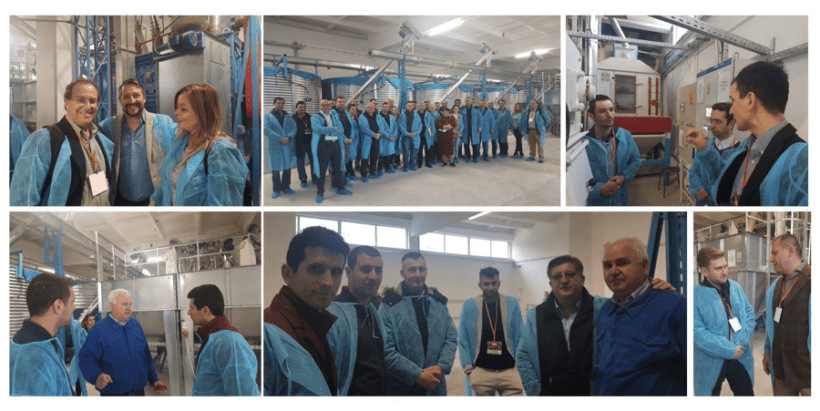
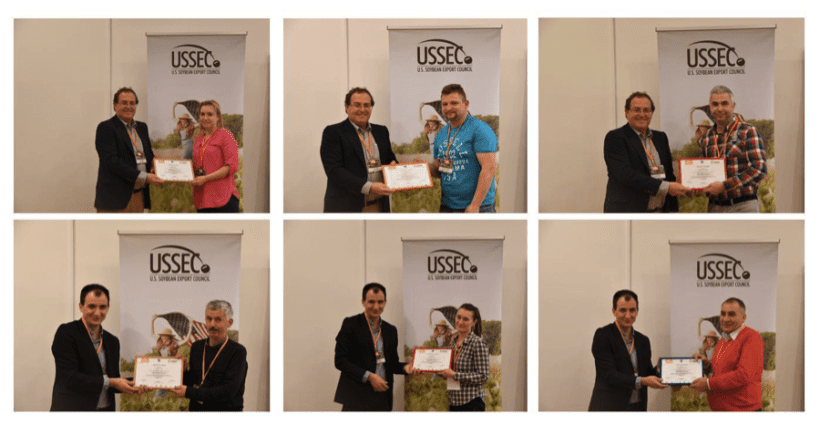
The course was well organized and a significant group of feed manufacturers’ reps and nutritionists were reached. Feedback was very positive with additional follow-up questions reflecting real interest. The organization of this event was clearly greatly appreciated and efficient in how it profiled USSEC and the U.S. soy products it promotes.

On the basis of the on-the-spot feedback, the event has a definite positive impact in a competitive and cost-conscientious market. Consequently, one may expect an effective impact that stimulates interest in U.S. soy products. As such, like previous events, they deserve further expansion as a tool to stimulate U.S. soy sales in the region and a future similar, continuation event could be considered.